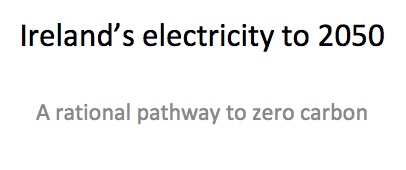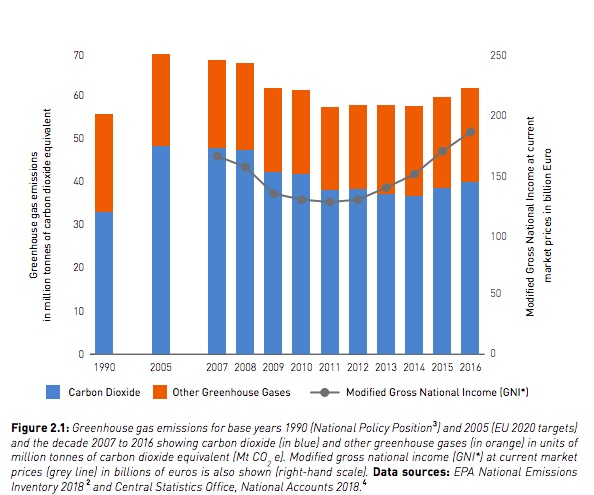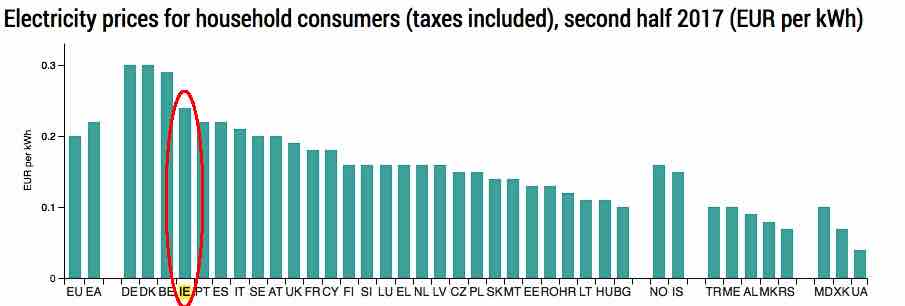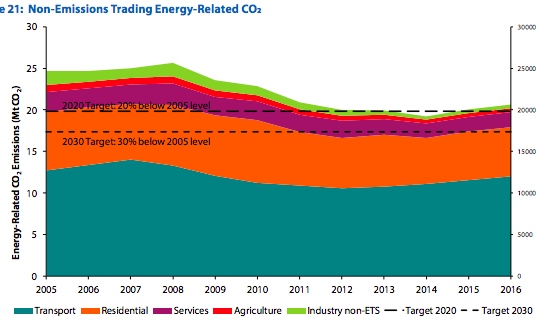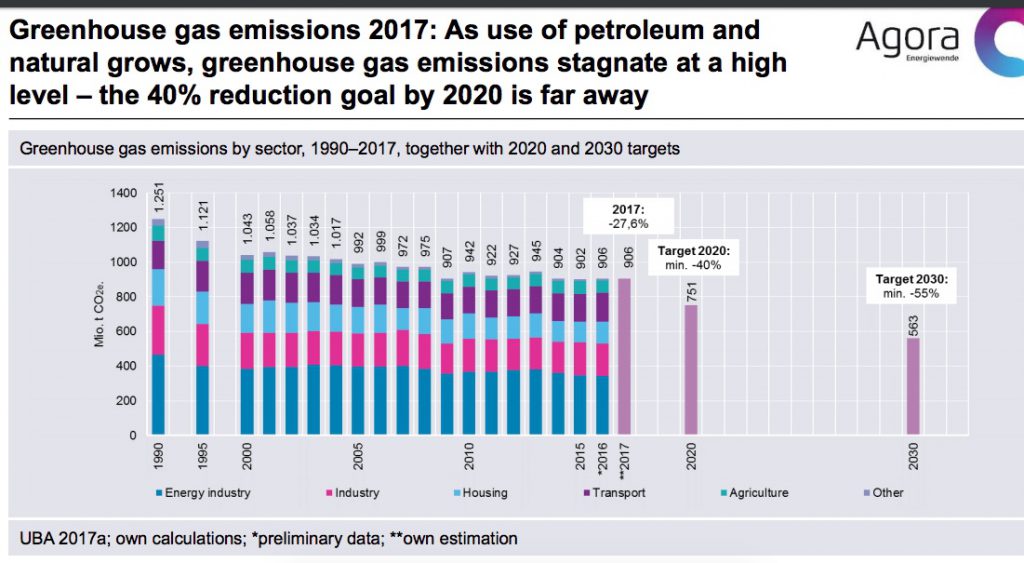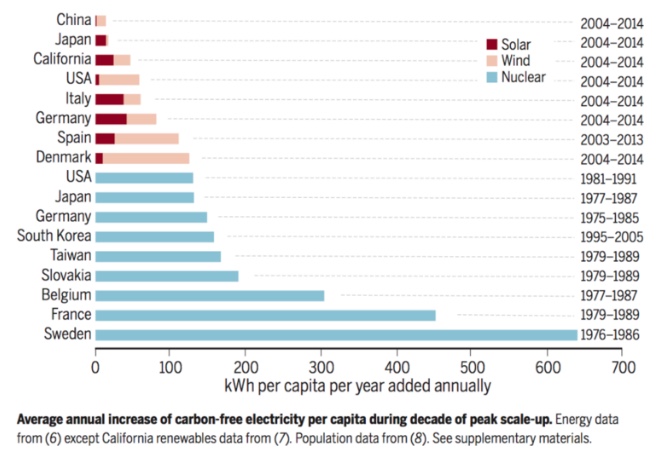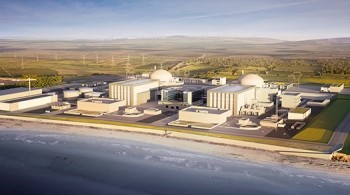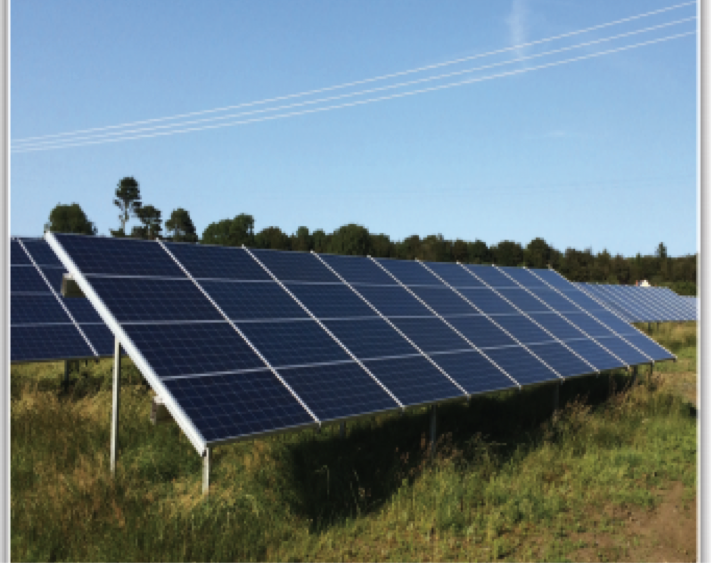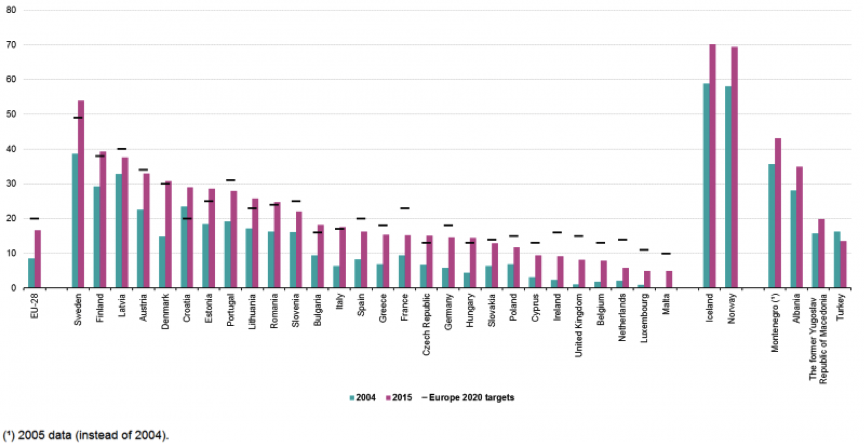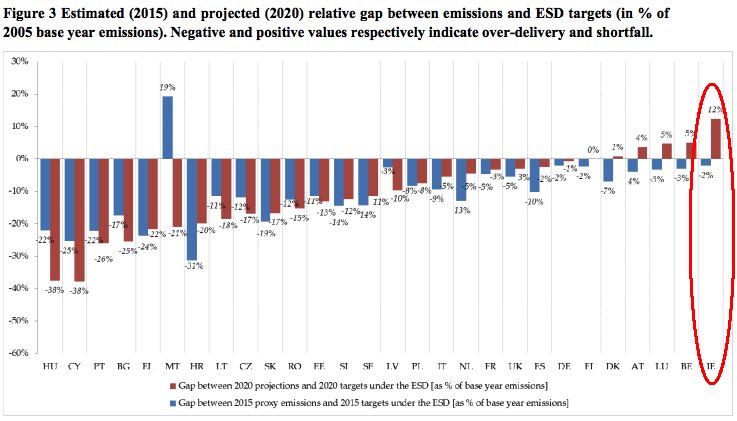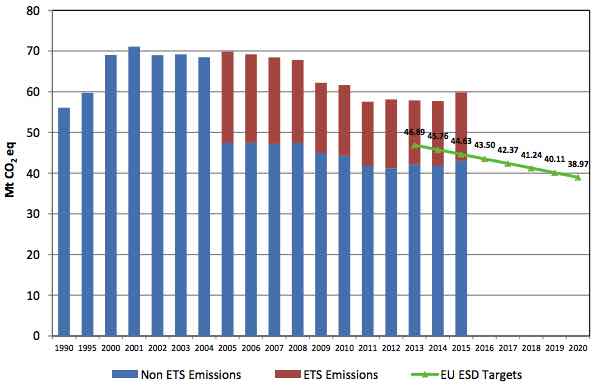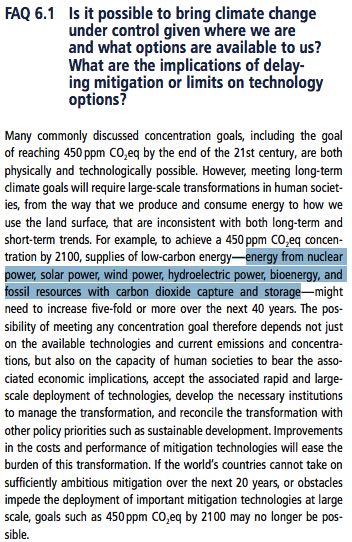The first nuclear power station to be built in Britain in many years is now under construction at Hinkley Point in Somerset, about 250 km from the Irish coast. It has proceeded slowly but surely through the many licensing, regulatory and planning processes involved. It has also successfully overcome a number of legal and other challenges at courts in Britain and the EU.
But now, Britain has asked Ireland for comments (before 17 April 2018) on the environmental impacts on Ireland of the project, and our Department of Housing is coordinating the Irish response. Britain’s request has come about on foot of representations by some, but not all, of Britain’s EU neighbours, including considerable work by An Taisce and Friends of the Irish Environment.
Irish NGOs have welcomed this consultation that indicates that projects that could have an environmental impact, no matter how unlikely, on neighbouring countries will consult with those nations as part of their Environmental Impact Assessment.
Their comments about Nuclear energy in general, and Hinkley Point C in particular, are exclusively negative, however, and show no understanding or acceptance of the benefits that Nuclear energy can bring. This shortsightedness is not helpful in helping us arrive at the optimum environmental decision.
Comments made by An Taisce, for example, appear to lack balance as they refer to some findings in official Irish studies concerning Nuclear Power impacts on Ireland but fail to put these in the contexts in which the findings were made. For example, An Taisce doesn’t clarify that ESRI’s cost estimate refers only to the most unlikely of nuclear accidents occurring during an unlikely weather pattern, and at a time that would cause the greatest economic impact.
They also fail to mention that the majority of the cost could be incurred in trying to counter the unnecessary fear that surrounds nuclear power and not in countering the actual radiological impacts. There is much irony in the fact that the cost of tending to the unnecessary fear fuelled by negative commentary from self-styled environmental groups would be much better spent in tackling the environmental crisis that looms large over us.
There also appears to be no effort made by any Irish agency to assess the environmental impact of NOT proceeding with Hinkley Point, and the British new nuclear build programme. If Hinkley Point is not built, how would the 7% of Britain’s electricity be supplied and at what environmental cost? The most likely replacement fuel, Gas, could result in 700 million tons of additional emissions of carbon dioxide over the lifetime of the project. Gas is also subject to interruption for geopolitical reasons, with an associated environmental impact.
As this is an important topic for Ireland, Britain and global emissions, it is important that decisions are made based on the facts behind the rhetoric. We outline some of these facts and background information here. As it is a complex and – at times – bewildering topic, we expect to update the document as we receive feedback and queries on the points raised.
The consultation:
The British Government is inviting comments[1] on the environmental information on the Hinkley Point C Nuclear Power Plant (HPC) being built in Somerset, England. The comments sought are in relation to potential transboundary impacts of the development, although these were subject to environmental impact assessment prior to the plant receiving planning consent in March 2013. Comments must be received by close of business on Tuesday 17 April 2018.
Why has Britain offered a consultation?
Following assessment by the relevant bodies, as required by British planning laws, Britain formed the firm view that HPC would have no significant environmental impact on Britain or any other country (‘transboundary impacts’), a view which is shared to a large extent by Spain, France, Belgium and Germany.
However, Netherlands and Norway said they could not rule out impacts on their environment if there were unintended releases from Hinkley Point, and made their case under the 1991 United Nations Convention on environmental impact in a transboundary context (the Espoo Convention).
The Espoo committee handling the case agreed and noted that, while the chance of a major accident occurring is very low, the likelihood of a significant adverse transboundary impact of such accident can be very high. The Committee believed that Britain should be exceptionally prospective and inclusive to ensure that all Parties potentially affected by an accident are notified[2].
Britain’s response:
While Britain still maintains it has not breached its international commitments on the environmental information in relation to potential transboundary impacts of HPC, they have undertaken to consider relevant comments coming from affected countries and to respond where significant impacts are identified.
In addition, Britain has also volunteered to undertake similar consultations as part of the licensing process for future nuclear power plant projects.
What does the British study say?
British assessments conclude that it is very unlikely that significant international environmental impacts would arise from routine works during construction, operation, maintenance or decommissioning/site remediation.
The transboundary impact of unplanned emissions, as assessed by the developer (EDF), is set out in Appendix 7E of the Environmental Statement.
Their Environmental Impact Assessment determined that the Radiological impacts on human and non-human species “do not extend beyond the County of Somerset and the Severn Estuary” and says the nearest Irish territorial waters are “well beyond the area in which impacts are likely” as they are approximately 230 km from Hinkley Point.
What do the Irish studies say?
There are two significant Irish studies into the matter – a technical study by the RPII to identify what the radiological impacts of a serious nuclear accident in Britain would be, followed up by an economic study by the ESRI of the financial implications of a radiation event in Western Europe. There have been no studies of the environmental benefits to Ireland arising from the construction of HPC.
- RPII report[3] into potential but unlikely radiological impacts
The RPII study of the radiological impact of the UK’s new nuclear build programme largely agreed with the British study, in that there would be no radiological impact on Ireland from routine operations and from most accident scenarios.
However, the RPII identified an extremely unlikely (1 in 33 million per year) severe accident scenario where some precautions would be advisable if it occurred at Wylfa, north Wales (which is much closer to Ireland than HPC during weather “which maximised the impacts in Ireland (such weather conditions were found to occur less than 1% of the time for the 21 years studied)”.
They reported that the resultant higher radiation “doses would not cause observable health effects” and that “the appropriate protective action would be to advise people to stay indoors as much as possible during the 24 to 48 hours when the plume was passing directly over Ireland. Staying indoors for this period could lead to significant reductions of up to 80% in the radiation dose”.
“In none of the accident scenarios studied, including the most severe one, was evacuation from the east coast of Ireland found to be an appropriate action to take”.
Although a severe nuclear accident in Britain would have no observable health impacts in Ireland and evacuation would not be required, “food controls or agricultural protective measures would generally be required in Ireland to reduce exposure of the population so as to mitigate potential long-term health effects”.
“If appropriate protective actions were not taken in the year after the postulated accident for the most severe accidental release/’worst case’ weather combination, the predicted radiation doses from ingestion of contaminated foods would be unacceptably high and could be expected to lead to an approximately 2% increase in the risk of developing a cancer in the decades following such an accident”.
“However the timely introduction of appropriate agricultural management actions and food controls, as envisaged in the National Emergency Plan for Nuclear Accidents, would substantially reduce most of this radiation dose and be very effective in controlling radioactivity levels in foods for sale, radiation doses to people, and hence health impacts”.
In essence, the RPII study looked at worst-case accident scenarios from the nearest nuclear plant to Ireland (Wylfa) during worst-case weather conditions and at the most sensitive time of year, assuming no precautionary measures were taken (people stayed outdoors continuously and contamination was not diluted by rain or washing).
Even with these assumptions, they found there would be no need for any protective measures to be taken, except in the worst case scenario when staying indoors for 24 to 48 hours would be advised. In no case was the taking of Iodine tablets or other products required. However the timely introduction of appropriate agricultural management actions and food controls would substantially reduce most of this radiation dose and be very effective in controlling radioactivity levels in foods for sale, radiation doses to people, and hence health impact.
- ESRI report[4] on economic impacts of various accident scenarios
The ESRI report focuses on the potential economic costs that would be associated with a nuclear accident in Western Europe, close to Ireland. It estimates the costs and losses directly attributable to an accident, as well as any losses associated with reputational damage that might arise if Ireland was widely perceived to be within the geographical zone affected by an accident, e.g. in export markets.
The estimated costs are based on the releases occurring at the time of year that would cause the greatest economic impact.
The report notes that “the risk of a nuclear accident is very small, and particularly so with respect to other energy sources”, and “one purpose of this study is to provide an indicative value of the cost it would impose on Ireland’s economy and society”.
Other quotes from the report include: “In the case of a nuclear accident it is the perception of risk rather than actual risk that matters in the case of reputational losses”.
“The two study dates selected for the scenarios in this report are possibly the time of the year when a nuclear accident would cause the greatest impact”.
“In each of the four scenarios considered it is assumed that there are no direct health impacts on the human population within Ireland, which is consistent with the accident scenarios studied in RPII”.
The “conservative, lower bound” estimate of costs associated with the 4 accident scenarios considered ranged from €4 billion to €161 billion.
Potential HPC environmental impacts on Ireland
While the ESRI estimates of costs for potential large releases of radioactivity from HPC are considerable, it is not clear that these costs are relevant to the current consultation, which is concerned with the environmental impacts of such releases.
The RPII have estimated these environmental impacts along with their likelihood and have found that in the unlikely event of a serious accident at Hinkley Point when the weather was unusually unfavourable, there would be no measurable health impacts in Ireland from any resultant radiation.
The timely introduction of appropriate agricultural management actions and food controls, as envisaged in the National Emergency Plan for Nuclear Accidents, would substantially reduce most of the radiation dose from ingestion of contaminated food produce.
This risk would need to be balanced against the environmental impact of not constructing HPC. There would an additional emission of 700 million tons of carbon dioxide if HPC’s electricity were to be replaced by Gas – with certain environmental impact – and that has to be balanced against the impact of a very unlikely accident at HPC.
While emotions can sometimes run high on both sides of this argument, the positions that have the best chance of being considered are probably those that are based on the actual environmental impacts of HPC on Ireland.
At this juncture, there does not appear to be a strong case for stopping HPC on the grounds of environmental impact on Ireland.
How to participate
To participate effectively, consider following these steps:
- Identify your comments on the significant effects on the Irish environment resulting from Hinkley Point C Nuclear Power Plant. The consultation is likely to ignore all other comments, especially as an Environmental Impact Assessment has already been conducted to Britain’s satisfaction, planning consent has already been granted for the project, and it is already under construction.
- Submissions may be made in writing or by e-mail to the Planning Section in the planning authority for the area in which you live, or to the UK’s DBEIS at beiseip@beis.gov.uk
- All submissions or observations must—
- be titled “Transboundary environmental public consultation – Hinkley Point C”,
- include your name and address
- include reasons, considerations and arguments on which the submission or observation is based, and
- clearly identify any material in the submission that is considered to contain confidential or personal information. Responses to this consultation are subject to the Freedom of Information Act 2014 and Data Protection legislation.
The deadline for the receipt of written submissions or observations is by close of business on Tuesday 17 April 2018.
More complete information is available on the Irish Department of Housing’s website.
Notes:
[1] Quote from the British letter of consultation:
Arising from engagement between the Implementation Committee of the Espoo Convention and the UK, in which the UK maintains it has not breached its international commitments, the UK’s DBEIS letter invites comments on the environmental information on Hinkley Point C Nuclear Power Plant, as set out in the webpages listed in the Annex to the letter, in relation to potential transboundary impacts of the development, which was the subject of environmental impact assessment prior to the March 2013 planning decision. DBEIS has since agreed, in the case of Ireland, to extend the deadline set down in the letter for the receipt of comments.
[2] Quotes from the ESPOO Committee Report:
…that for certain activities, in particular nuclear energy-related activities, while the chance of a major accident, accident beyond design-base or disaster occurring is very low, the likelihood of a significant adverse transboundary impact of such accident can be very high. Therefore, the Committee believes that on the basis of the principle of prevention, when considering the affected Parties for the purpose of notification, the Party of origin, should be exceptionally prospective and inclusive, in order to ensure that all Parties potentially affected by an accident, however uncertain, are notified.
[3] Quotes from the RPII Report:
The Radiological Protection Institute of Ireland (RPII) was requested by the Minister for the Environment, Community and Local Government to undertake an assessment of the potential radiological impacts on Ireland from this New Build Programme. This report presents the findings of the potential impacts on Ireland of both the anticipated routine radioactive discharges and of a range of postulated nuclear accident scenarios.
The principal findings are:
- Given the prevailing wind direction in Ireland, radioactive contamination in the air, either from routine operation of the proposed nuclear power plants or accidental releases, will most often be transported away from Ireland.
- The routine operation of the proposed nuclear power plants will have no measurable radiological impact on Ireland or the Irish marine environment.
- The severe accident scenarios assessed ranged in their estimated frequency of occurrence from 1 in 50,000 to 1 in 33 million per year. The assessment used a weather pattern that maximised the transfer of radioactivity to Ireland. For the severe accident scenarios assessed, food controls or agricultural protective measures would generally be required in Ireland to reduce exposure of the population so as to mitigate potential long-term health effects. In the accident scenario with an estimated 1 in 33 million chance of occurring, short-term measures such as staying indoors would also be advised as a precautionary measure. In general, the accidents with higher potential impact on Ireland are the ones least likely to occur.
- Regardless of the radiological impact, any accident at the proposed nuclear power plants leading to an increase of radioactivity levels in Ireland would have a socioeconomic impact on Ireland.
- A major accidental release of radioactivity to the Irish Sea would not require any food controls or protective actions in Ireland.
- There is a continuing need for the maintenance of emergency plans in Ireland to deal with the consequences of a nuclear accident abroad.
In none of the accident scenarios studied, including the most severe one, was evacuation from the east coast of Ireland found to be an appropriate action to take.
This release time coincided with easterly winds and rain over the east coast of Ireland during the passage of the plume and resulted in a level of deposition at the upper end of the highest band of deposition values.
The most severe accident scenario considered, a Loss Of Coolant Accident (LOCA) combined with bypass of the reactor containment leading to significant releases of radioactivity to the air, had an estimated 1 in 33 million chance of happening in any given year. Combining this release scenario (or source term) for an accident at the proposed nuclear power plant location with the largest potential impact on Ireland (Wylfa, north Wales) and with a weather pattern which would maximise the impacts in Ireland (such weather conditions were found to occur less than 1% of the time for the 21 years studied) led to predicted radiation doses of approximately 18,000 µSv to someone remaining outdoors throughout the period when the radioactive plume passed over the east coast of Ireland.
While such a radiation dose is considerably higher than that incurred from the routine discharges to the environment, it would not cause observable health effects. It is high enough however that the appropriate protective action would be to advise people to stay indoors as much h as possible during the 24 to 48 hours when the plume was passing directly over Ireland. Staying indoors for this period could lead to significant reductions of up to 80% in the radiation dose.
Cumulative radiation doses to people in Ireland one week and one year after the postulated accident were also calculated; the cumulative radiation doses after one year were seen to be dominated by ingestion of contaminated food. The predicted radiation doses from ingestion of contaminated foods were calculated to be 381,000 µSv in the year after the postulated accident for the most severe accidental release/’worst case’ weather combination. This level of radiation dose would be unacceptably high and could be expected to lead to an observable increase in cancers (an approximately 2% increase in the risk of developing a cancer) in the decades following such an accident if appropriate protective actions were not taken. However the timely introduction of appropriate agricultural management actions and food controls, as envisaged in the National Emergency Plan for Nuclear Accidents, would substantially reduce most of this radiation dose. While these controls have been shown to be very effective in controlling radioactivity levels in foods for sale, radiation doses to people, and hence health impacts, they do have significant socio-economic implications and costs, possibly lasting for months or years following such an accident. Depending on the time of year, the foodstuffs most quickly affected would be leafy vegetables grown in the open and milk, with meat potentially being affected after a number of weeks or months.
The findings from this assessment will be used both for RPII’s role to assess the radiation doses received by the Irish population and also to inform the RPII’s, and Ireland’s, emergency planning arrangements for nuclear accidents. Due to Ireland’s distance from overseas nuclear facilities, ingestion of food containing elevated levels of radionuclides has long been considered by the RPII to be the most significant potential exposure pathway to the population in the event of a large scale nuclear incident with the potential to contaminate a wide area of the country. This has been confirmed by the results of this assessment. It is clear that the most appropriate protective actions for Ireland in the event of a nuclear accident in the UK are food controls and agricultural measures, with the additional advisory of staying indoors for up to two days being appropriate in the case of more severe nuclear accidents. In none of the accident scenarios studied, even the most severe one, was evacuation from the east coast of Ireland found to an appropriate action to take.
[4] Quotes from the ESRI Report:
“The two study dates selected for the scenarios in this report are possibly the time of the year when a nuclear accident would cause the greatest impact”.
“In each of the four scenarios considered it is assumed that there are no direct health impacts on the human population within Ireland, which is consistent with the accident scenarios studied in RPII”.
Both direct costs and losses arise as a result of a nuclear accident. Ultimately these costs and losses arise because perceived or actual threats to human health result in changed demand for Irish products. This includes any restrictions in EU or global markets of imports from Ireland. Losses will also arise because of perceived threats to human health even if products are officially certified as fit for consumption. This type of loss might arise because of a loss in trust in Irish produce and is termed a reputational loss. It is noteworthy that the largest category of losses in the study of the costs of a French nuclear accident (Pascucci-Cahen and Patrick, 2012) was reputational loss, accounting for approximately 40% of total losses.
Reputational losses include the value of uncontaminated and perfectly safe produce which is not consumed; lost tourism revenue because tourists choose to travel to alternative destinations which 10 are perceived to be safer; and more generally a loss in exports. In the aftermath of a nuclear accident it is reasonable to expect that consumers will consider Irish produce to be contaminated, regardless of whether it is certified as safe to consume.
The conservative, lower bound estimate of costs associated with the 4 accident scenarios considered ranged from €4 billion to €161 billion.
